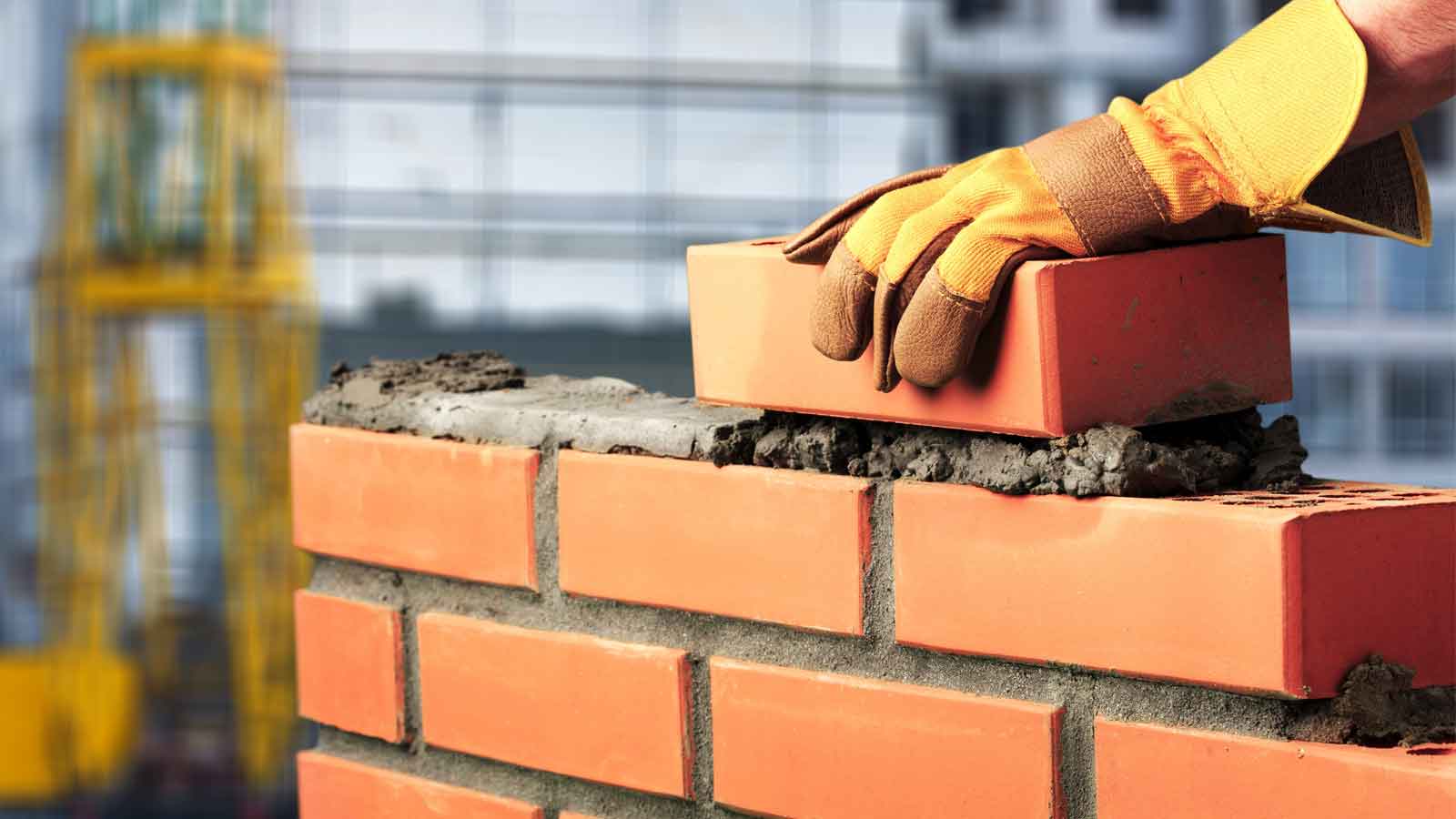Unlocking the Secrets of Sustainable Stonework Building Practices for Eco-Friendly Buildings
Amongst the myriad methods to environment-friendly building, sustainable stonework building stands out as a reliable and sturdy method that holds a wide range of untapped potential. From the choice of products to innovative construction techniques, the tricks to accomplishing sustainability within stonework building are diverse and fascinating.
Advantages of Sustainable Stonework Building
Embracing lasting stonework building techniques not just minimizes ecological impact however additionally offers long-lasting financial advantages to contractors and areas. By making use of materials like recycled blocks, blocks, and rocks, builders can substantially lower the carbon footprint of their jobs while advertising source effectiveness. In addition, sustainable stonework construction strategies, such as appropriate insulation and thermal mass residential or commercial properties, can improve energy efficiency within buildings, bring about lowered operational expenses with time.
Furthermore, the durability and durability of masonry frameworks add to long-lasting economic advantages. Structures created making use of lasting stonework methods usually call for less maintenance and fixing, translating to cost financial savings for contractors and building owners. The long life of stonework materials also ensures that structures continue to be secure and safe, minimizing the requirement for frequent restorations or replacements.
Eco-Friendly Masonry Products
Utilizing environment-friendly masonry materials is a crucial step towards improving the sustainability of building and construction practices and lessening ecological impact while making best use of long-term economic advantages. Lasting masonry materials are sourced, created, and made use of in a manner that minimizes overall ecological impact. Sustainable concrete blocks include recycled aggregates and may feature better insulation residential properties, contributing to energy effectiveness in structures.
Additionally, all-natural materials like adobe, rammed earth, and straw bundles provide exceptional thermal mass properties, lowering the need for home heating and cooling down energy. These materials are often locally readily available, advertising local economic situations and reducing transportation-related carbon emissions. By choosing eco-friendly stonework materials, building projects can substantially minimize their environmental impact and add to the creation of much healthier, much more lasting developed settings.
Energy-Efficient Masonry Strategies
Power effectiveness plays a vital role in boosting the sustainability of masonry construction techniques. One key energy-efficient masonry technique is the use of thermal mass, which includes including dense materials like concrete or block right into the structure's framework to take in and save warmth.

Technologies in Lasting Stonework
Current advancements in sustainable stonework practices have produced cutting-edge methods that are improving the building and construction sector. One such technology is the growth of self-healing concrete, which makes use of germs installed within the concrete to recover cracks autonomously. This breakthrough not just reduces upkeep prices but additionally boosts the longevity of masonry structures, adding to their sustainability.
An additional significant advancement is the use of recycled aggregates in stonework building and construction - masonry contractor. By integrating materials such as smashed ceramic waste or recycled glass right into concrete mixes, contractors can reduce the ecological chevy dealership near me influence of building jobs while maintaining structural honesty. This technique not just diverts waste from land fills yet additionally preserves all-natural resources, making it a vital development in sustainable masonry construction
Additionally, the combination of electronic layout tools, such as Building Info Modeling (BIM), is changing the way masonry frameworks are intended and created. BIM permits more precise computations, decreased material wastage, and improved power effectiveness, inevitably leading to even more lasting structure techniques. These innovations collectively represent an appealing future for sustainable masonry building and construction in the era of environment-friendly buildings.
Future Trends in Stonework Sustainability
With the ingenious strides made in sustainable stonework techniques, the future fads in stonework sustainability are positioned to additional transform the building market. One of the essential patterns forming the future of stonework sustainability is the boosted integration of innovation. Innovations such as Structure Info Modeling (BIM) and digital reality simulations are being used to enhance masonry building processes, leading to decreased material waste and boosted power efficiency in structures.
Moreover, the development of unique lasting products is set to play a significant function in enhancing the eco-friendliness of masonry construction. masonry contractor. Technologies like self-healing concrete, recycled aggregates, and bio-based binders are obtaining traction for their capacity to lessen ecological impact while maintaining architectural stability

Conclusion
To conclude, sustainable stonework building practices supply many benefits for environment-friendly structures. By using environment-friendly materials and energy-efficient techniques, stonework can add to a much more sustainable built environment. Innovations in lasting stonework are constantly being developed to even more enhance the ecological efficiency of structures. Looking towards the future, the trend of stonework sustainability is anticipated to expand, bring about more eco-friendly and energy-efficient construction techniques in the years ahead.